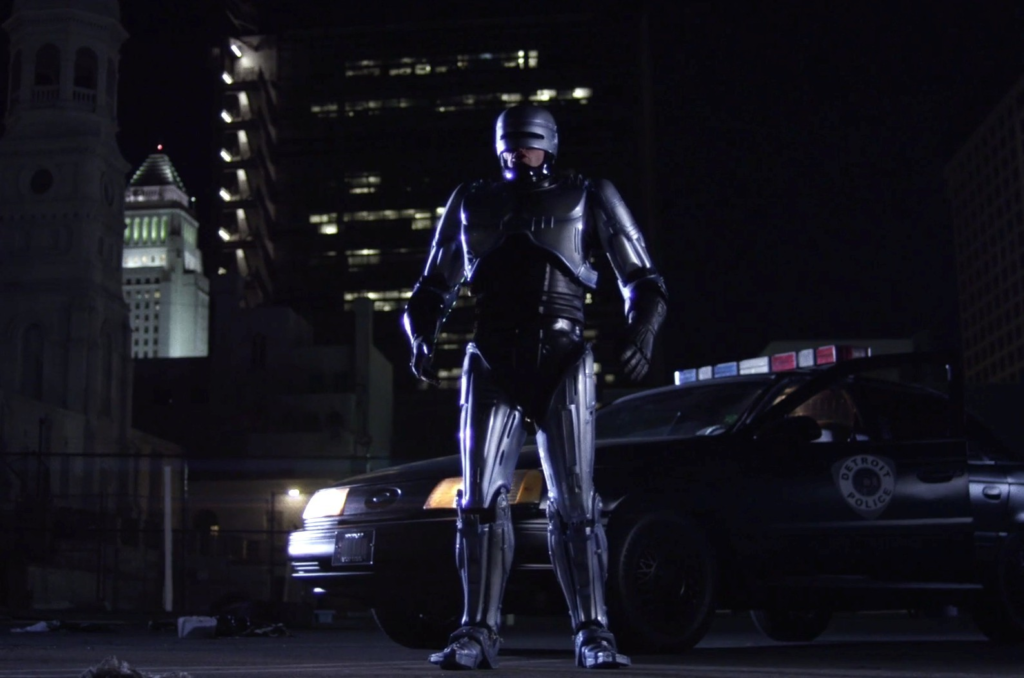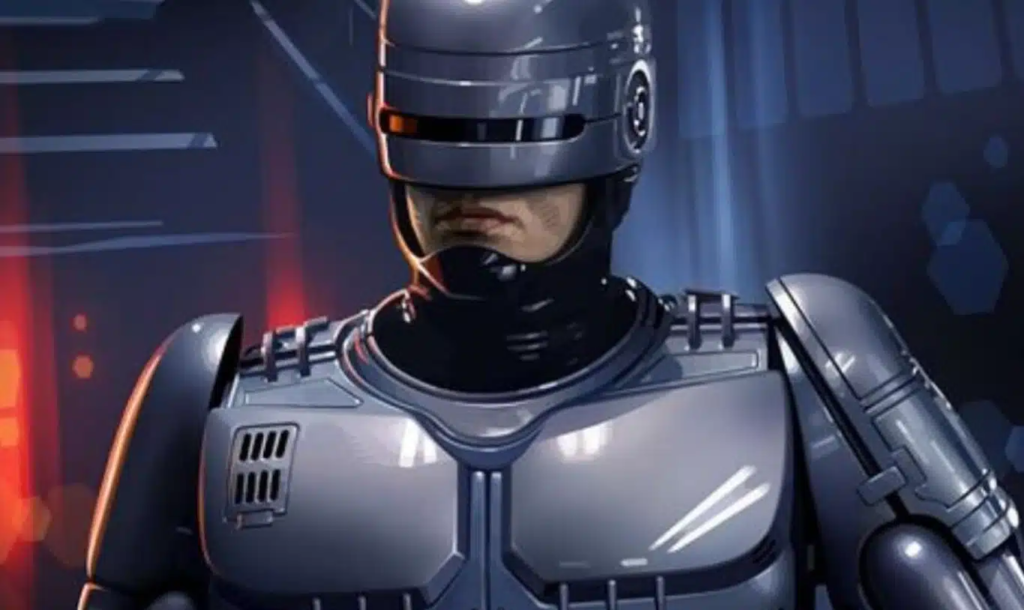Introduction: The Unforgettable Legacy of Robocop
In the pantheon of science fiction cinema, few films have left as indelible a mark as “Robocop.” Directed by Paul Verhoeven and released in 1987, this film not only pushed the boundaries of the genre but also offered a scathing critique of capitalism, crime, and corruption. At its heart, “Robocop” is the story of Alex Murphy, a police officer in a dystopian Detroit who is brutally murdered and subsequently resurrected as Robocop, a cyborg with a mandate to fight crime. Among the film’s most memorable sequences is Scene 27, a pivotal moment that has inspired countless discussions, analyses, and reinterpretations. This article delves into the unique reinterpretation of “Robocop Scene 27” by Fatal Farm, exploring the nuances of this adaptation and its impact on the legacy of the original masterpiece.

Fatal Farm’s Visionary Take on Scene 27
Fatal Farm, known for their innovative and often surreal interpretations of popular media, took on the challenge of reimagining “Robocop Scene 27.” Their version stands out for its technical prowess and bold creative choices, which both pay homage to and diverge from the original material. In the Fatal Farm adaptation, the essence of Scene 27 is preserved and transformed, resulting in a familiar yet startlingly new piece. This section explores the creative decisions behind Fatal Farm’s reinterpretation, analyzing how they maintain the original’s core while injecting their unique brand of creativity.
The Cultural Impact of Robocop Scene 27
Scene 27 from “Robocop” is more than just a moment in a film; it’s a cultural touchstone that has resonated with audiences and critics alike. In the movie context, it represents a turning point for the character of Robocop/Alex Murphy, blending themes of humanity, technology, and justice. Fatal Farm’s reinterpretation reignites discussions about these themes, showcasing the scene’s relevance in today’s tech-savvy and ethically complex society. This section examines the cultural significance of Scene 27, discussing its themes, its impact on the science fiction genre, and how Fatal Farm’s version recontextualizes it for a contemporary audience.
The Technical Genius Behind the Redux
Creating a reinterpretation of such an iconic scene is no small feat. Fatal Farm approached this challenge with reverence for the original and a desire to push technical boundaries. This involved advanced CGI, innovative sound design, and meticulous attention to detail to capture the original’s essence while presenting it in a new light. This section breaks down the technical aspects of Fatal Farm’s Scene 27, from the visual effects used to reimagine Robocop’s dystopian Detroit to the audio cues that underscore the scene’s emotional and narrative beats.
Audience and Critical Reception of the Reimagined Scene
Since its unveiling, Fatal Farm’s version of “Robocop Scene 27” has stirred considerable discussion among fans of the original film and newcomers to the Robocop saga. Reactions have ranged from enthusiastic praise for its inventive approach to skepticism about its deviations from the source material. This section explores the varied responses to Fatal Farm’s reinterpretation, analyzing reviews, fan reactions, and the impact of these discussions on the perception of the original film.

Comparative Analysis: Original vs. Redux
To fully appreciate Fatal Farm’s reinterpretation, it is essential to compare it directly with the original Scene 27 from “Robocop.” This involves examining both versions’ narrative structure, thematic depth, and character development. By dissecting these elements, we can uncover the subtleties of Fatal Farm’s adaptation and gain insights into the artistic choices that differentiate their work from the source material. This comparative analysis not only highlights the strengths of each version but also offers a deeper understanding of why Scene 27 continues to captivate audiences.
The Future of Robocop and Its Legacy
The enduring fascination with “Robocop,” particularly with Scene 27, suggests that this film will continue influencing generations of filmmakers, artists, and audiences. Fatal Farm’s reinterpretation contributes to this legacy, offering a fresh perspective on a well-trodden narrative. This section speculates on the future of the “Robocop” franchise, considering the potential for further reinterpretations, sequels, and spin-offs. It also reflects on the broader implications of revisiting classic film scenes through a contemporary lens, pondering what this trend signifies for the evolution of cinema.

Conclusion
Fatal Farm’s “Robocop Redux: Scene 27 Unleashed” is a testament to storytelling’s enduring power and the limitless possibilities of creative reinterpretation. By reimagining this iconic scene, Fatal Farm has paid tribute to a cinematic classic and sparked new conversations about technology, humanity, and justice. As we look to the future of the “Robocop” franchise and the landscape of science fiction cinema, it is clear that the questions raised by this film and its reinterpretations will remain relevant. In revisiting the past, artists like Fatal Farm shape our understanding of the future, reminding us that the potential for reinvention and rediscovery lies within every story.


